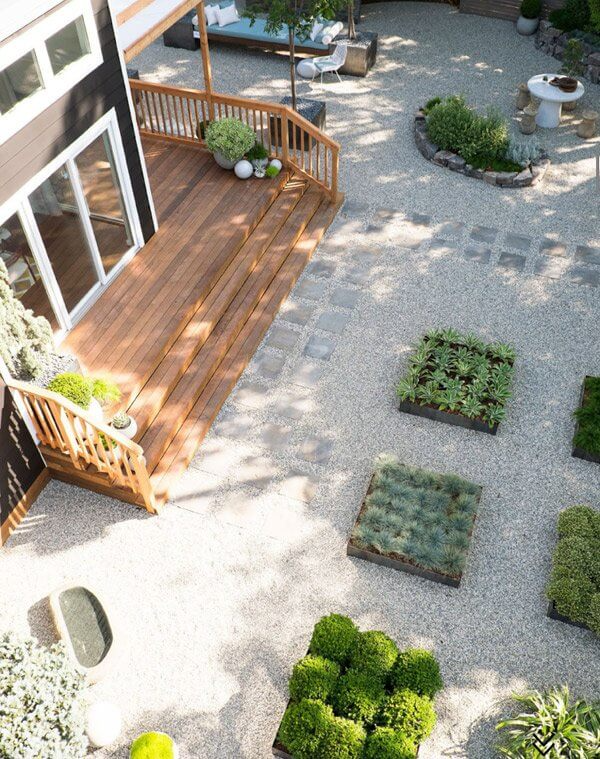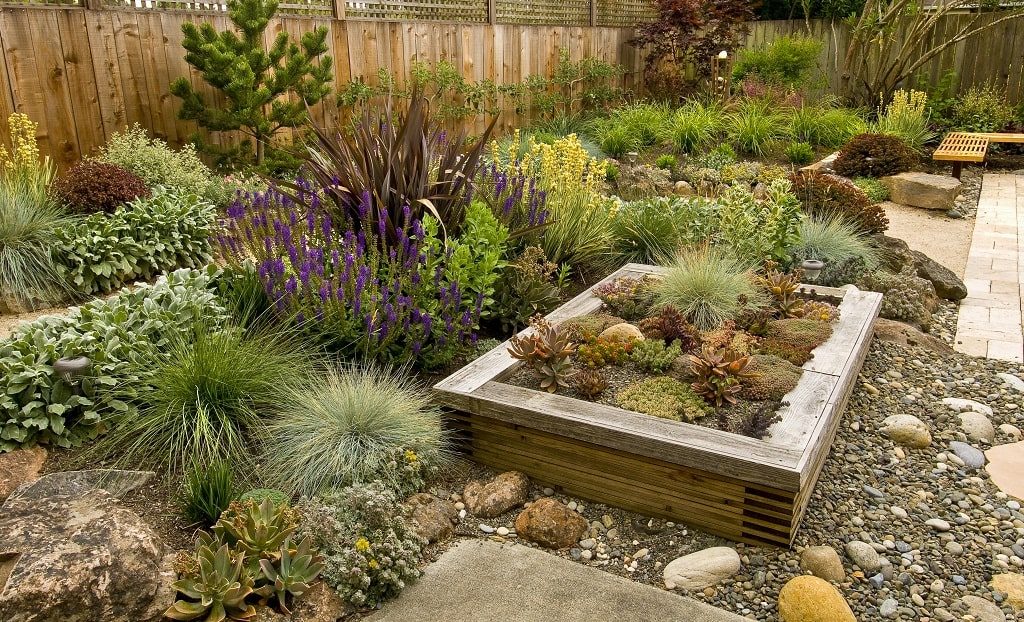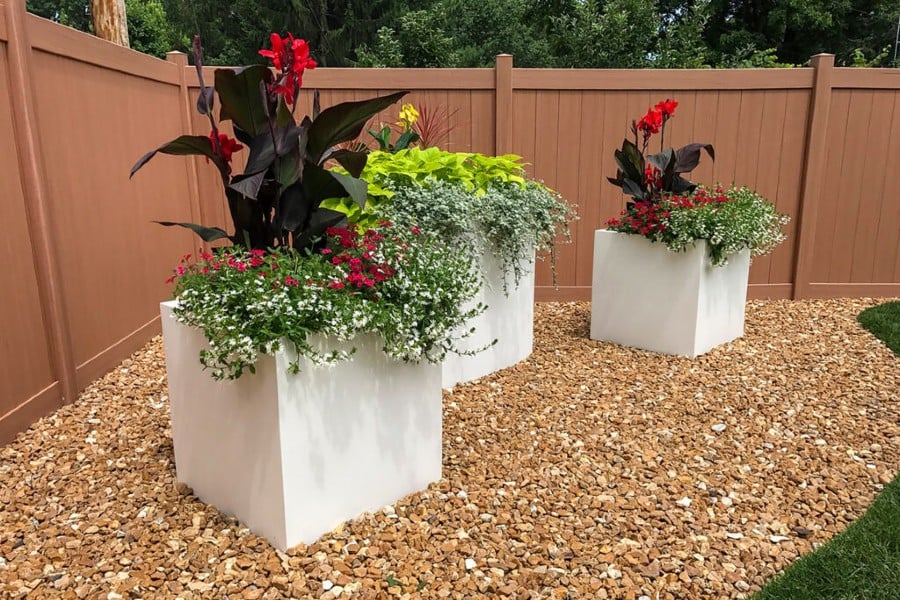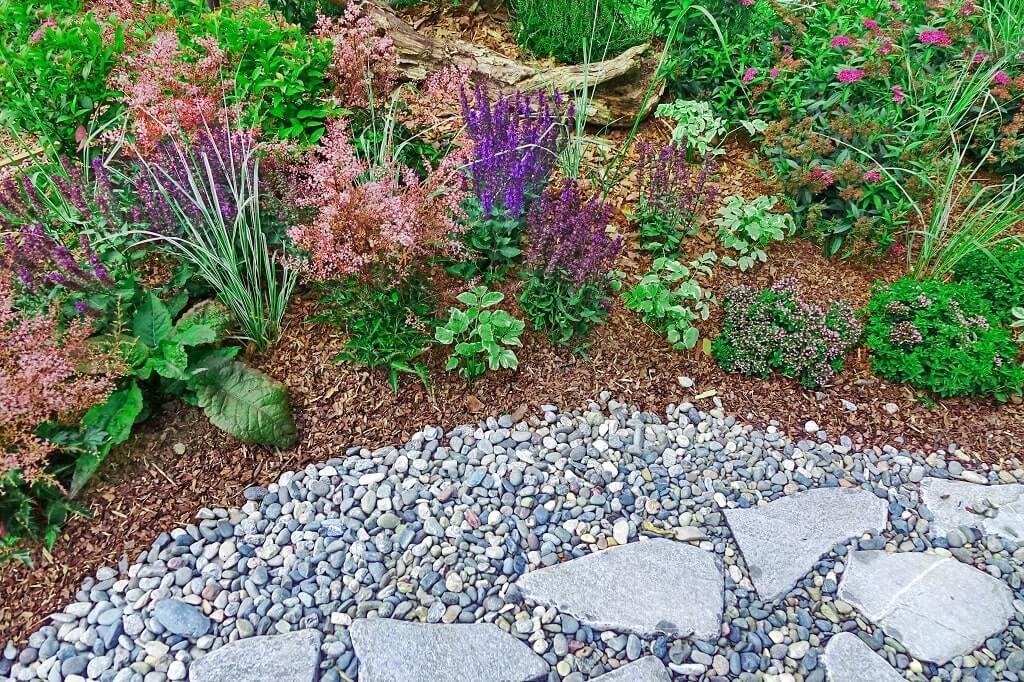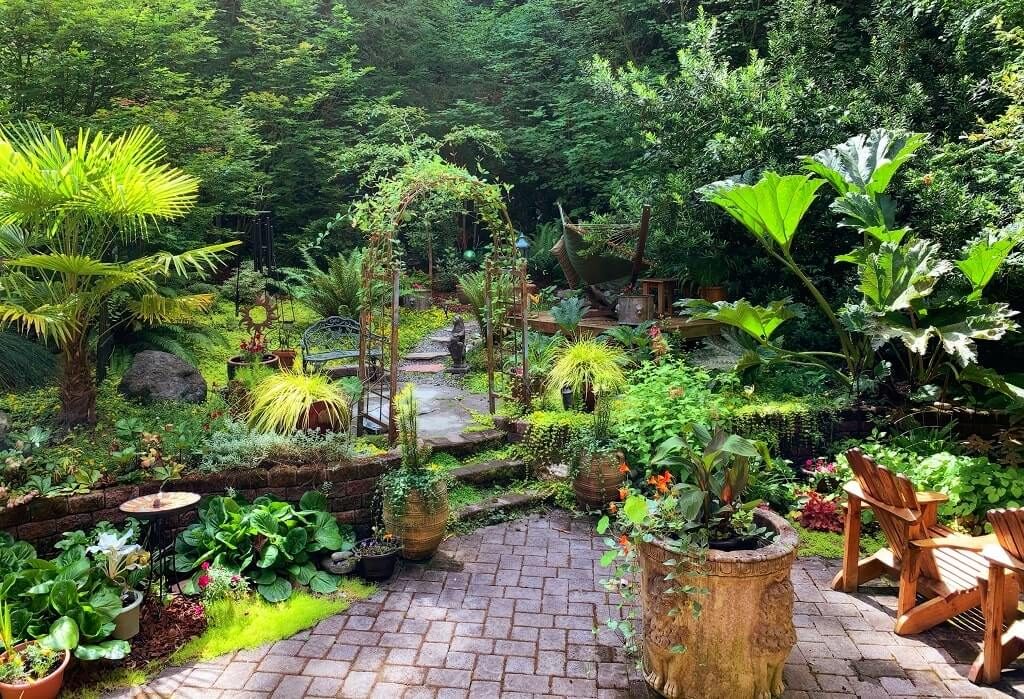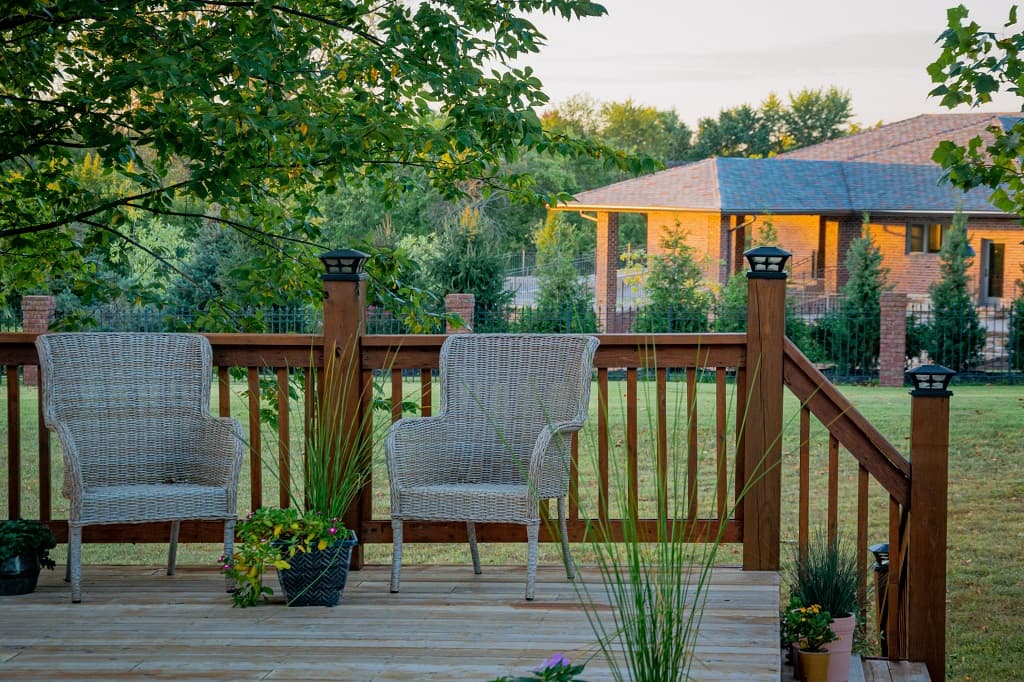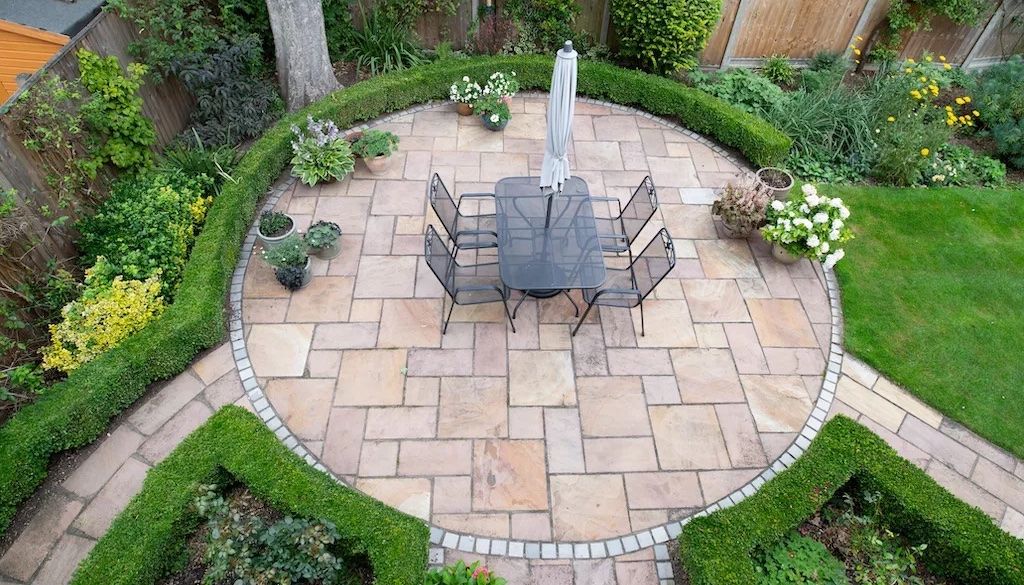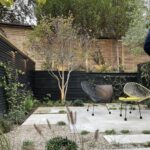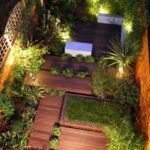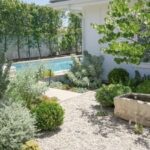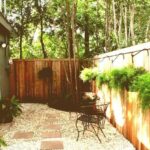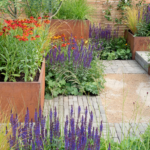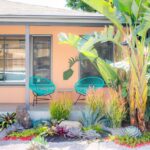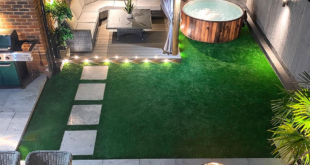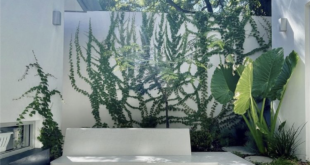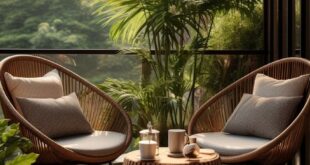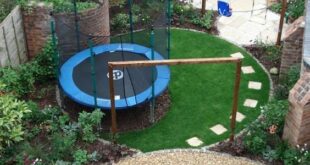When it comes to backyard design, many people automatically think of a lush green lawn as the centerpiece of the outdoor space. However, there is a growing trend in landscaping that is moving away from traditional lawns and towards creating more unique and environmentally friendly backyard designs.
One way to create a backyard space that doesn’t rely on a lawn is by incorporating a variety of different hardscape features. This can include using materials such as gravel, flagstone, or brick to create pathways, patios, and seating areas. These hardscape features not only add visual interest to the backyard but also provide functional spaces for dining, entertaining, and relaxing.
Another option for a lawn-free backyard design is to create a garden oasis with a variety of plants, flowers, and trees. By incorporating different types of plants and flowers, homeowners can create a vibrant and colorful outdoor space that attracts birds, butterflies, and other pollinators. Additionally, planting native species can help support local ecosystems and reduce water usage.
For those looking to create a more sustainable backyard design, incorporating features such as rain gardens, bioswales, or permeable paving can help manage stormwater runoff and reduce water pollution. These features can help prevent erosion, reduce flooding, and provide habitat for native wildlife.
Incorporating outdoor structures such as pergolas, arbors, or gazebos can also help enhance a lawn-free backyard design. These structures can provide shade, privacy, and a sense of enclosure, creating a cozy and inviting outdoor living space for homeowners to enjoy.
Overall, there are many creative and innovative ways to design a backyard without relying on a traditional lawn. By incorporating hardscape features, native plants, sustainable landscaping practices, and outdoor structures, homeowners can create a beautiful and functional outdoor space that reflects their personal style and values. Embracing a lawn-free backyard design can not only reduce maintenance and water usage but also create a unique and environmentally friendly outdoor oasis for relaxation and enjoyment.
 innstyled backyard design ideas
innstyled backyard design ideas
